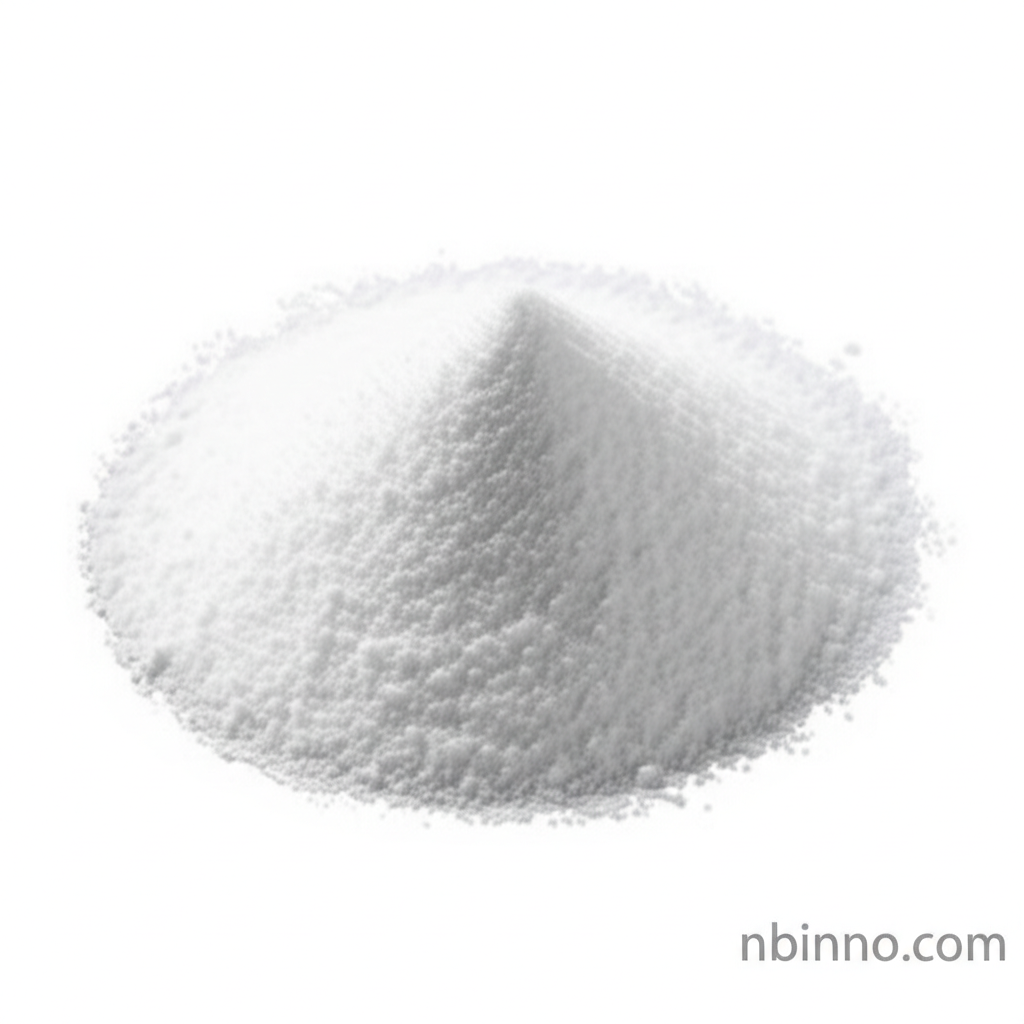N-Acetylneuraminic Acid: A Vital Component in Biochemical and Pharmaceutical Advancement
Discover the multifaceted applications of N-Acetylneuraminic Acid in research and industry.
Get a Quote & SampleProduct Core Value

N-Acetylneuraminic Acid
N-Acetylneuraminic Acid (CAS 131-48-6) is the most prevalent sialic acid in human and mammalian cells, playing a crucial role in various biological processes. Its structure contributes to the diverse functionalities of glycoproteins and glycolipids found on cell membranes and in biological fluids.
- Explore the biochemical research uses of N-Acetylneuraminic acid online, understanding its importance in studying sialylation processes and cellular interactions.
- Learn about the pharmaceutical applications of N-Acetylneuraminic acid, including its role in developing treatments for conditions like distal myopathy and its potential in antiviral therapies.
- Discover the chemical properties of N-Acetylneuraminic acid, such as its molecular formula C11H19NO9 and molar mass of 309.27, essential for precise laboratory work.
- Connect with leading N-Acetylneuraminic acid manufacturers in China to ensure a reliable supply of this high-quality biochemical for your research needs.
Key Advantages of N-Acetylneuraminic Acid
Versatile Biochemical Reagent
As a key sialic acid, it's fundamental for biochemical research, enabling studies into cell-cell recognition, immune responses, and pathogen binding mechanisms.
Pharmaceutical Development Potential
Its role in glycoproteins and glycolipids makes it valuable for pharmaceutical ingredient sourcing, particularly in developing new drugs and vaccines.
Significant Health and Diagnostic Roles
Understanding the human health and sialic acids connection highlights its importance in diagnostic tools and potential therapeutic interventions.
Key Applications
Biochemistry
Used in enzyme assays and studies of sialylation, contributing to our understanding of complex biological processes.
Pharmaceuticals
Essential for synthesizing glycoproteins and glycolipids, aiding in drug formulation and vaccine development.
Diagnostics
Employed in the development of diagnostic assays for various diseases, leveraging its specific biochemical properties.
Food Industry
Investigated for use as a flavor enhancer and preservative to improve product stability and shelf life.
